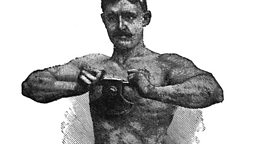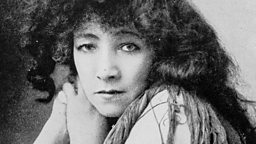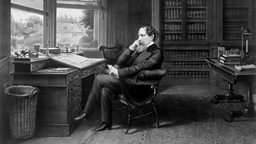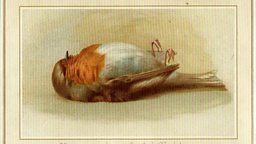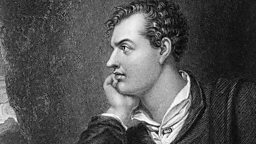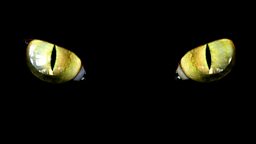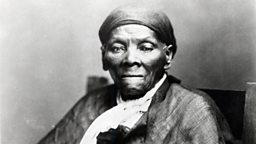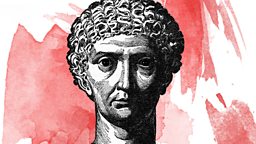10 forgotten facts about the most famous actress you've never heard of
19th-century French actress Sarah Bernhardt was a global sensation during her lifetime. American author Mark Twain once wrote: "There are five kinds of actresses: bad actresses, fair actresses, good actresses, great actresses – and then there is Sarah Bernhardt." But Bernhardt is no longer a household name.
In a special episode of the Radio 4's You’re Dead To Me, recorded to mark the centenary of Bernhardt's death, Greg Jenner is joined by Prof Sharon Marcus and comedian Isy Suttie to learn all about “the Divine Sarah”. This is what they discovered about the most famous actress that time forgot...
1. “Sarah Bernhardt” was a stage name
Bernhardt was born Henriette Rosine Bernard. Much of her childhood is shrouded in mystery, but she was likely born in Paris in 1844, the daughter of a high-end Jewish sex worker named Judith Bernard. She took the name Sarah Bernhardt when she became an actress, perhaps to celebrate her Jewish heritage at a time of rising antisemitism in France.
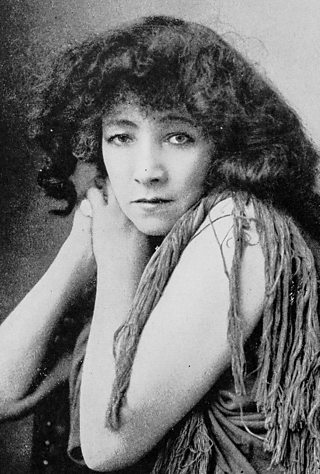
2. The young Sarah nearly became a nun
Despite her Jewish heritage, Sarah went to Catholic schools, and as a teenager even wanted to join a convent. Upon hearing her impassioned argument with her mother about whether she could take religious vows, Judith's lover, the Duc de Morny, allegedly said "that child should be on the stage". The well-connected duke pulled strings to get Sarah into the Conservatory in Paris, where she studied acting from 1860 to 1862.
3. Even “the Divine Sarah” sometimes got bad reviews
Bernhardt debuted on the Paris stage in 1862, playing the title role in Iphigénie, by the playwright Jean Racine. The performance was not a success, and Sarah knew it. When she came off stage and apologised to her teacher, he apparently replied that while he could forgive her, and she would even eventually forgive herself, Racine never would.
4. Bernhardt was a transatlantic star
In 1880, Bernhardt went on a year-long, 50-date North American tour. The box office takings were somewhere in the region of 2.5 million francs (in 1880s money!), and she was such a hit there that she would go on to tour the States a further nine times over the course of career.
In England, she was so popular that she gave private performances in the homes of wealthy Londoners.
5. Sarah's personal motto was basically a shrug
Bernhardt's personal motto was “Quand même”, which essentially translates to “no matter” or even “so what?”. This was very much her attitude to everything.
In 1864, she had an illegitimate son, Maurice, and proudly gave him her own last name: she was an unashamed and unapologetic single mother.
6. She had distinctly gothic tastes
In 1882, Sarah married a Greek military officer and wannabe actor named Jacques Damala. He was 12 years her junior, an opium addict, and has been suggested as a possible inspiration for the count in Bram Stoker's Dracula! When they met, Stoker was apparently captivated by Damala's dead eyes and white, waxen face. Bernhardt also had something of a gothic personal style, decorating her home with heavy black satin drapes, and famously even posing asleep in a coffin.
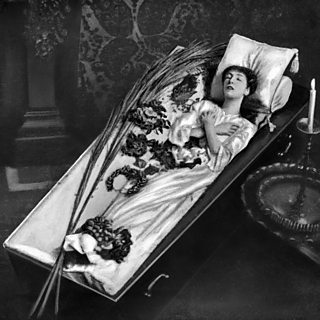
7. Bernhardt's longest relationship was with a woman
Sarah met the artist Louise Abbéma in 1874, and the two were involved until the former's death. Since Bernhardt was also an amateur sculptor, the two women often depicted their love through their art. Sarah made a bust of Louise and posed with it in many photographs, and also created a sculpture of their hands intertwined. Abbéma once painted a picture of the two of them on a boat together on a lake, and sent it to the Comédie Française with a letter reading: "A painting by Louise Abbéma on the anniversary of their love affair."
8. The camera loved her
Bernhardt constructed and controlled her public image through the new technology of photography. She would pose alone, without male co-stars, facing the camera with a direct stare. And images of her were popular: 100,000 copies sold in the US in just one year in the 1880s.
9. Bernhardt was a versatile performer
Although she was typecast as something of a femme fatale, Bernhardt showed that she had range in the 70 roles she performed during her lifetime. At the age of 56, she even decided to play Hamlet, and on one US tour she alternated between playing Portia and Shylock in The Merchant of Venice.
As well as an unusual and haunting warbling voice, Bernhardt was able to use and move her body on stage in a way that captivated everyone who saw her perform. But one thing she never did was comedy; on the contrary, she was known for her dramatic death scenes, perhaps fitting for a woman who was rumoured to sleep in a coffin.
10. Her final act was both intimate and a national event
On 26 March, 1923, Sarah Bernhardt died at home in her son's arms, with Abbéma at her bedside. Newspapers had been breathlessly reporting on her declining health for weeks, and a huge crowd turned out to see her funeral procession as it wound its way from her home in Paris to Père-Lachaise cemetery. Visiting it three years later, an American man commented: "At Bernhardt's tomb one realises one thing at least – great genius and great art are both international and immortal."









